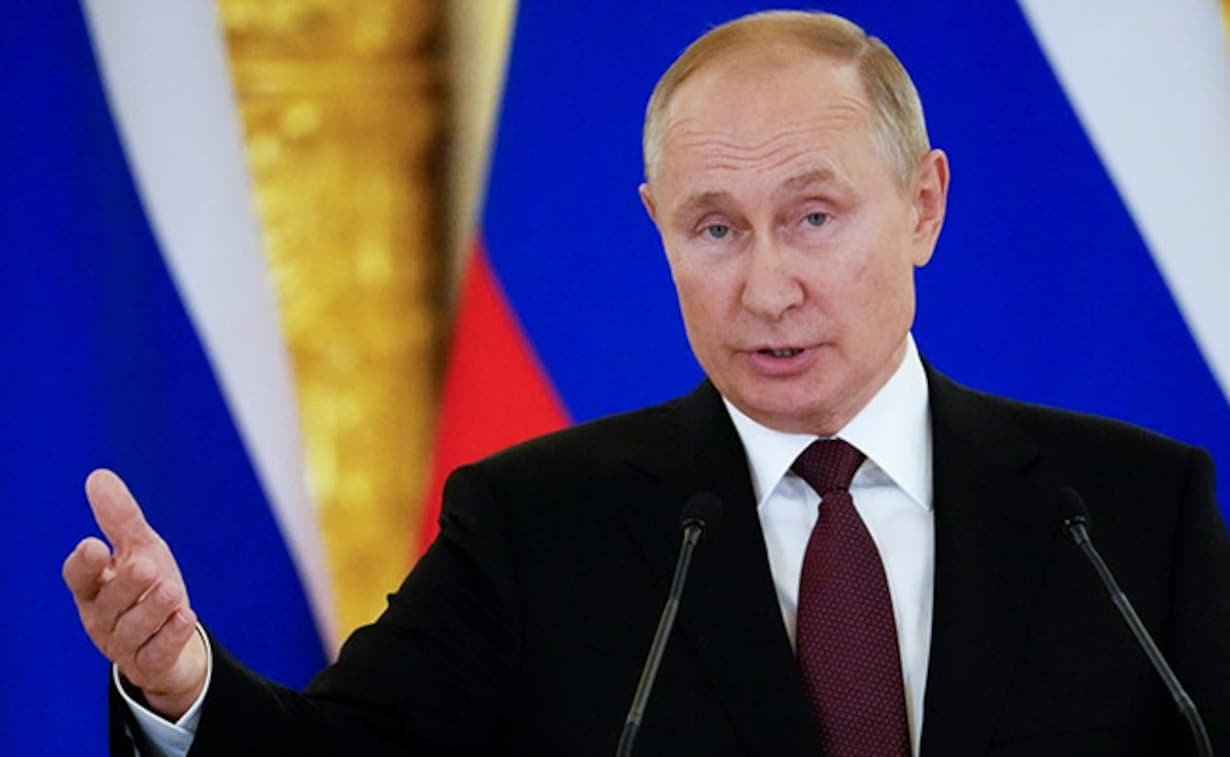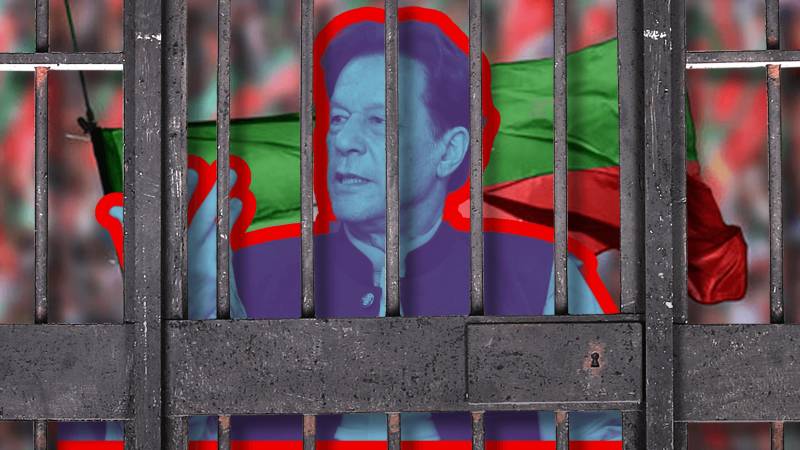Winter has arrived in Delhi, bringing with it the familiar, suffocating haze of smog. The sky is grey, and the air is thick with pollutants, making it hard to breathe, even for those who venture outside for just a few minutes. The air quality has reached hazardous levels, with pollution levels far exceeding the acceptable limit. Schools are closed, and residents are urged to stay indoors, but many, especially those who rely on outdoor work for a living, have no choice but to endure the toxic air.
This is an all-too-familiar scene, one that has been repeating itself every winter for years. While the media uses words like “toxic” and “deadly,” social media is flooded with expressions of shock and frustration that nothing seems to change. Despite years of reporting on the issue—highlighting the health risks, the political blame games, and the occasional temporary measures—the air quality continues to worsen, and the cycle repeats itself each year.
The sources of pollution are many: the burning of crop residue by farmers in neighboring states, emissions from vehicles, construction, and factories in Delhi itself. While solutions have been proposed, including providing farmers with alternative ways to clear fields, progress has been slow, and the air continues to choke the city every winter.
This public health emergency often sparks anger, but it rarely leads to mass protests. Pollution’s effects are slow, and while some can escape the city or afford air purifiers, the majority have no such options. Activists argue that the root of the problem lies in a lack of long-term planning and cooperation between the government at various levels. For now, the smog will continue to hang over Delhi until the season ends, and the cycle is set to repeat again next year.

















































